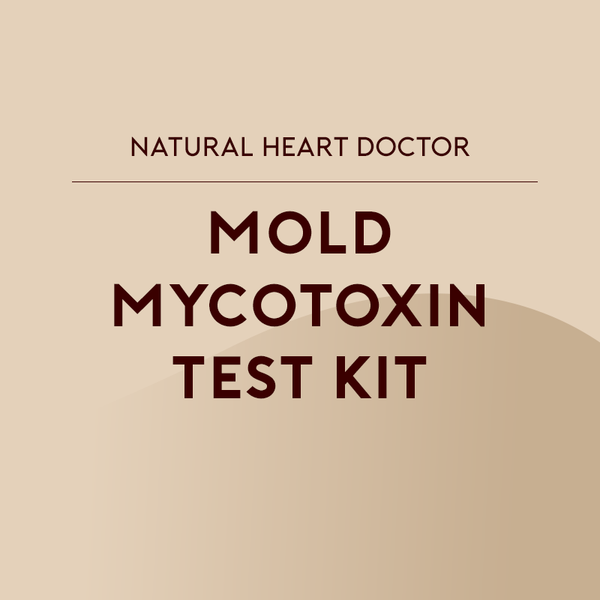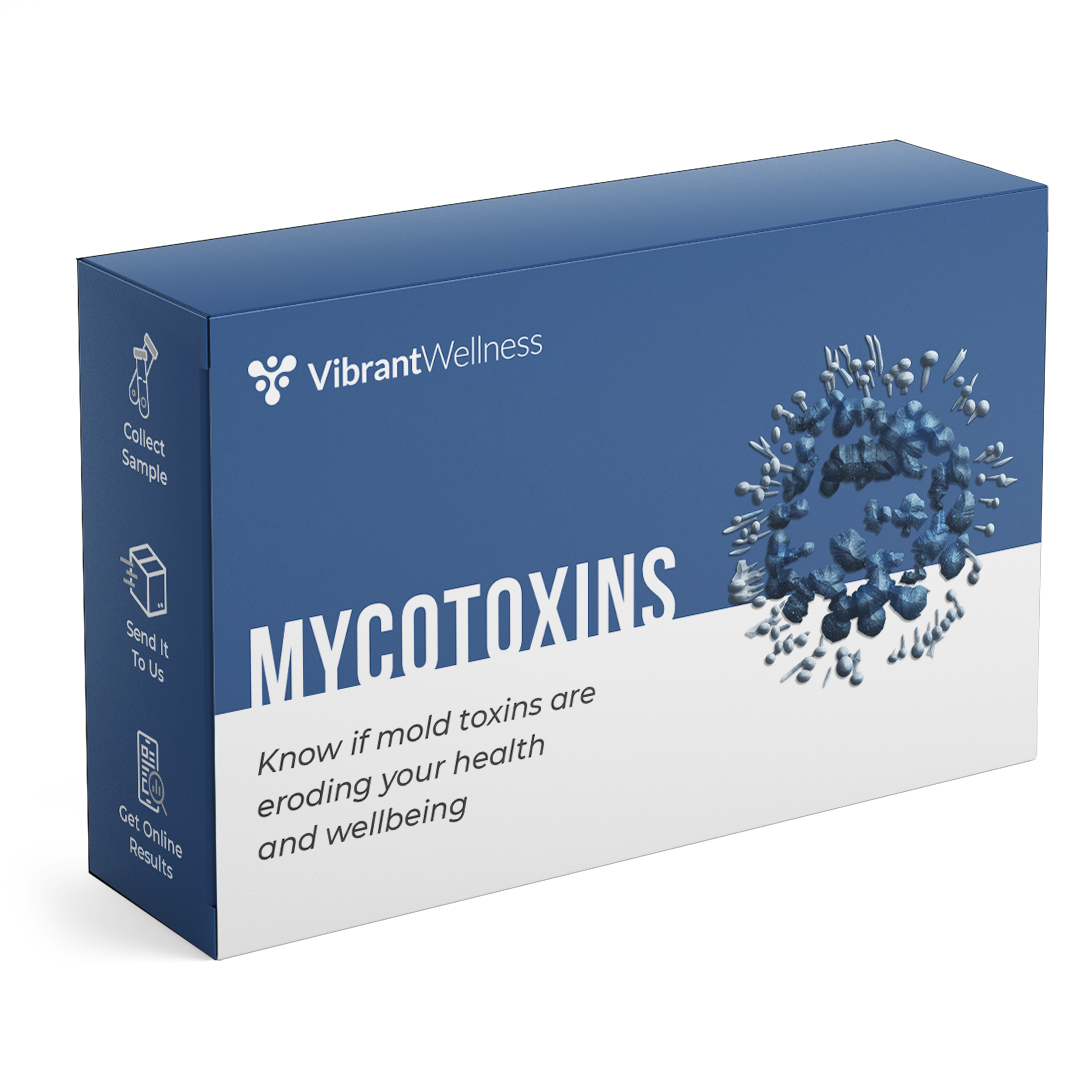Ensuring Compliance With Regulations: the Duty of Mycotoxin Checking in Quality Assurance
Guaranteeing compliance with stringent policies is critical for keeping food security, and the function of mycotoxin screening in high quality control can not be overstated. Mycotoxins, harmful compounds created by specific molds, posture substantial health and wellness risks, making their detection important in food production.
Recognizing Mycotoxins
Understanding mycotoxins is basic to making sure the top quality and security of farming items. Mycotoxins are toxic second metabolites created by specific species of fungi, generally located in foods such as nuts, spices, and grains. These substances can occur at different stages of the food manufacturing procedure, from pre-harvest to storage, and position considerable health threats to both humans and animals (Mycotoxin testing Services). The most infamous mycotoxins consist of aflatoxins, trichothecenes, fumonisins, and ochratoxins, each connected with particular environmental conditions and fungal varieties.
The presence of mycotoxins in food items can lead to intense and persistent health concerns, consisting of liver damage, immune suppression, and cancer causing impacts. By comprehending the sources, types, and effects of mycotoxins, stakeholders in the agricultural market can much better carry out preventative actions and reduce risks, ensuring safer intake for end-users.
Regulative Specifications for Mycotoxins
Having established a fundamental understanding of mycotoxins and their influence on food safety, it is vital to assess the regulatory standards governing their visibility in agricultural products. Regulative standards for mycotoxins are necessary because they define permitted limits, making certain food safety and safeguarding public health. Numerous worldwide and nationwide firms have established these limitations based on detailed danger analyses.
The Codex Alimentarius Compensation, a worldwide body established by the FAO and WHO, gives standards and maximum permitted levels for various mycotoxins in food and feed. The Codex has actually set limits for aflatoxins in peanuts, maize, and dried out figs, among various other commodities. These standards are commonly embraced or adjusted by private countries to fit their details requirements.
In the European Union, Regulation (EC) No 1881/2006 stipulates maximum degrees for a number of mycotoxins, such as aflatoxins, ochratoxin A, and deoxynivalenol, in different foodstuff. Similarly, the U.S. Food and Medication Administration (FDA) has developed action degrees for mycotoxins like aflatoxins in assets such as nuts and grains.
Adherence to these regulative criteria is essential for maintaining market gain access to, consumer count on, and public health. Non-compliance can cause considerable financial losses and health threats, highlighting the value of strict mycotoxin screening procedures.
Evaluating Methods and Technologies

ELISA is widely valued for its rapid and cost-efficient screening capabilities, making it optimal for high-throughput environments. It relies on antibodies to identify certain mycotoxins, offering lead to a relatively short time frame. However, its level of sensitivity might be limited contrasted to more innovative methods.
HPLC, on the various other hand, masters giving quantitative evaluation with high precision and precision. It separates intricate mixes into private components, making it highly effective for recognizing and evaluating multiple mycotoxins concurrently - Mycotoxin testing Services. This technique, while extra lengthy and resource-intensive than ELISA, supplies a higher level of integrity

LC-MS stands for the peak of logical specificity and level of sensitivity. Combining the separation power of fluid chromatography with the detection capacities of mass spectrometry, LC-MS can find also trace degrees of mycotoxins. This technique is indispensable for validating the existence of mycotoxins in forensic and regulative contexts, ensuring conformity with rigorous safety standards.
Implementing Evaluating Protocols

Incorporating these innovative screening approaches into a thorough high quality control structure requires a well-structured method to executing testing procedures. To achieve this, companies need to initially conduct a comprehensive risk analysis to determine prospective mycotoxin contamination points within the supply chain. This evaluation notifies the growth of a customized testing technique that attends to certain vulnerabilities.
Following, developing standard sampling treatments is crucial. Regular sampling makes sure that test results are reputable and representative of the whole batch (Mycotoxin testing Services). Sticking to guidelines from governing bodies, such as the FDA or EFSA, assists keep compliance and boosts the integrity of the testing procedure
Educating workers is another pivotal element. Team should excel in both example collection and the operation of screening tools. Routine training sessions and qualification programs can guarantee that employee stay upgraded with the newest techniques and regulative changes.
Benefits of Mycotoxin Evaluating
Mycotoxin screening provides various advantages that substantially boost the safety and top quality of food and feed Recommended Site products. Largely, it works as an important control measure to prevent infected goods from getting visite site to the customer market, therefore guarding public wellness. By identifying and measuring mycotoxins such as aflatoxins, fumonisins, and ochratoxins, manufacturers can ensure that their items fulfill rigorous regulatory requirements, thus preventing potential legal repercussions and linked expenses.
Furthermore, mycotoxin screening adds to the economic feasibility of food and feed industries by reducing the risk of large item remembers. The capacity to find and isolate contaminated sets early in the manufacturing procedure lowers waste and protects against the monetary losses connected with damaged brand name online reputation. Moreover, it promotes customer trust and commitment, as consumers are increasingly knowledgeable about food safety and security issues and demand higher top quality criteria.
The application of routine mycotoxin testing likewise promotes best practices within agricultural and production fields. By sticking to extensive testing procedures, companies can maximize their top quality control processes, improve functional effectiveness, and ensure the constant production of risk-free, high-grade products. Finally, the benefits of mycotoxin screening are complex, contributing to public wellness, economic security, and industry honesty.
Conclusion
Mycotoxin testing is vital in guaranteeing compliance with governing criteria, thereby keeping food safety and security and quality control. Thus, mycotoxin screening stays an essential component of modern food safety administration systems.
Guaranteeing conformity with rigid regulations is paramount for maintaining food security, and the function of mycotoxin screening in quality control can not be overstated.In the realm check my blog of mycotoxin screening, progressed techniques and modern technologies are critical in ensuring food safety and security and regulative conformity.Mycotoxin screening supplies countless benefits that dramatically enhance the safety and security and high quality of food and feed items.Mycotoxin testing is essential in ensuring conformity with governing requirements, therefore keeping food safety and top quality control. Thus, mycotoxin screening continues to be a crucial part of modern food safety and security monitoring systems.